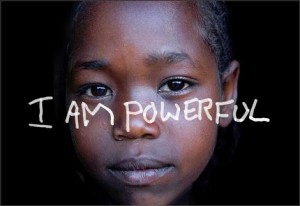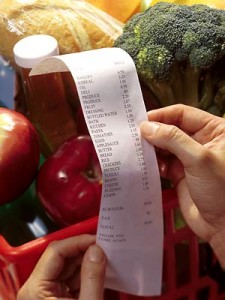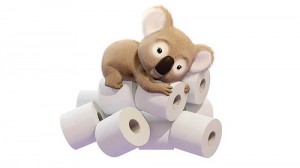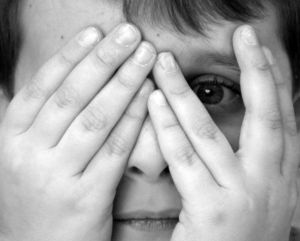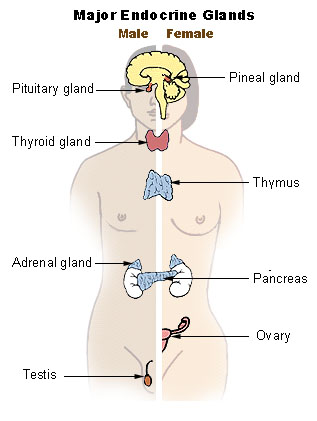International Women’s Day is celebrated on March 8th every year as a global day celebrating the economic, political and social achievements of women past, present and future. It is also an opportunity to come together to effect meaningful change. This is International Women’s Day’s centennial celebration.
The last 100 years have seen some significant and important changes for women, women’s equality and opportunities. But we are not there yet. In different parts of the world, women have different obstacles to overcome, different goals to increase women’s equality, and different opinions on what that should look like.
 I find it incredibly interesting that 27 countries have declared International Women’s Day an official holiday. The United States and Canada are not among them. Do women here have more equality and opportunities than women did 100 years ago? Absolutely. But again, we are not there yet. Are women’s lives around the world better than they were 100 years ago? Without doubt. But we are far from acceptable in many areas of the globe and only slightly better in others.
I find it incredibly interesting that 27 countries have declared International Women’s Day an official holiday. The United States and Canada are not among them. Do women here have more equality and opportunities than women did 100 years ago? Absolutely. But again, we are not there yet. Are women’s lives around the world better than they were 100 years ago? Without doubt. But we are far from acceptable in many areas of the globe and only slightly better in others.
- Women perform 66 percent of the world’s work, produce 50 percent of the food, but earn 10 percent of the income and own 1 percent of the property.
- Of the 1.3 billion people living in extreme poverty worldwide, more than two-thirds of them are women and girls.
- Two-thirds of the world’s children who receive less than four years of education are girls. Girls represent nearly 60% of the children not in school.
- About 75% of the refugees and internally displaced in the world are women who have lost their families and their homes.
- Gender-based violence kills one in three women across the world and is the biggest cause of injury and death to women worldwide, causing more deaths and disability among women aged 15 to 44 than cancer, malaria, traffic accident, and war.
- Two-thirds of the world’s 799 million illiterate adults ages 15 and over are women.
- The United States has a Supreme Court Justice that does not believe women have constitutional protection against discrimination based on their sex.
There is one single factor that will eliminate what you see above. Education. Education for girls is the single most effective method to change the world.
 photo credit:Room to Read
photo credit:Room to Read
Studies and field work demonstrate time after time that educating girls and educated women will:
- increase economic growth and productivity.
- overcome cyclical poverty.
- improve nutrition and promote health.
- be three times less likely to contract HIV/AIDS in Africa.
- be more empowered in their homes and in their broader society.
- have fewer and healthier children who are 40% more likely to survive past the age of 5.
- be more likely to educate their own children.
If you remember only one thing, remember this one simple truth: women’s empowerment through education is directly linked to security, economic growth and success, effective governance, and social development around the world.
I feel extremely lucky that I live where it is a given that my daughter will be well-educated. I am not satisfied with that for her, probably because of my own education. We always want better for our children, right? Believe in better…
- This generation may be the first in U.S. history to be less educated than the one before it. Girls and boys.
- The number of women in the U.S. Congress dropped for the first time in 32 years, with women currently holding only 16.4% of the 535 seats.
- The median weekly earnings of women who were full-time wage and salary workers was $657, or 80 percent of men’s $819.
- Currently, women account for nearly half of the nation’s overall workforce, but hold only 6 percent of corporate CEO and high-level executive roles.
I spent the night with women in my community talking about the importance of getting more women, more mothers, involved in the education of children in this state. Letting our voices be heard as parents, as representatives, to effect meaningful change that benefits our children and will then benefit us all. I am lucky that this is a possibility for me. I am lucky that there are women in this community ready to make a difference.
 photo credit:CARE
photo credit:CARE
But I am not letting us off the hook to support education in the rest of the world. Again, educating girls benefits them now, benefits them as they become adults, and benefits us all as that education continues through the generations. I will stay involved and expect more to get involved. Our work has only begun. Where might we be in another 100 years?
What are you going to do today to support women on International Women’s Day?


